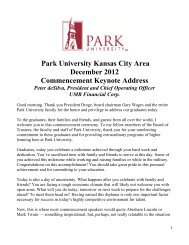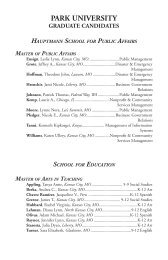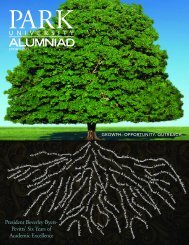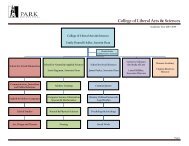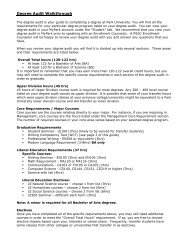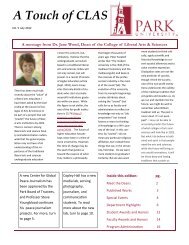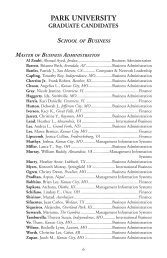How to Write a Radio Serial Drama for Social Development- PDF
How to Write a Radio Serial Drama for Social Development- PDF
How to Write a Radio Serial Drama for Social Development- PDF
You also want an ePaper? Increase the reach of your titles
YUMPU automatically turns print PDFs into web optimized ePapers that Google loves.
Chapter Three: Characteristics of <strong>Radio</strong> <strong>Serial</strong> <strong>Drama</strong> 35<br />
EXAMPLE<br />
Bundle of Sticks<br />
Introduction<br />
A wise farmer was greatly distressed because his<br />
three sons were always quarreling with one<br />
another. He tried in vain <strong>to</strong> reconcile them by<br />
pointing out how foolish they were.<br />
<strong>Development</strong><br />
Then one day the farmer called his sons <strong>to</strong> his<br />
room. Be<strong>for</strong>e him lay a heap of sticks that he had<br />
tied <strong>to</strong>gether in a bundle. Each son in turn was <strong>to</strong>ld<br />
<strong>to</strong> take up the bundle and break it in two. They all<br />
tried, each son trying <strong>to</strong> outsmart the other, but all<br />
the sons tried in vain.<br />
Climax<br />
When the sons finally gave up, the farmer untied<br />
the bundle and gave his sons the sticks <strong>to</strong> break<br />
one by one. This, of course, they did easily.<br />
Resolution and Conclusion<br />
Then the father said, “My sons, by this test you can<br />
see that as long as you remain united, you are<br />
strong enough <strong>to</strong> resist all your enemies. Once you<br />
quarrel and become separated, then you are<br />
destroyed."<br />
Introduction: The<br />
characters are introduced,<br />
and the personality of the<br />
main character is<br />
established. The setting is<br />
indicated by the work of the<br />
main character. The plot<br />
and dramatic conflict are<br />
established. The theme is<br />
<strong>for</strong>eshadowed.<br />
<strong>Development</strong>: The conflict<br />
among the sons continues.<br />
The foolishness of the sons<br />
is now also in “conflict" with<br />
the wisdom of the father.<br />
Climax: The conflict comes<br />
<strong>to</strong> a head and is resolved<br />
by the father’s wisdom.<br />
Resolution and<br />
conclusion: The conflict<br />
among the sons is resolved,<br />
and the message is made<br />
clear <strong>to</strong> the sons and <strong>to</strong> the<br />
audience.<br />
3<br />
Moral: Unity is strength.<br />
This s<strong>to</strong>ry was presented in narrative <strong>for</strong>m, with the narra<strong>to</strong>r telling the<br />
characters’ tale <strong>for</strong> them. In drama, the characters tell—or reveal—their own<br />
s<strong>to</strong>ry. The following pages present a dramatized version of the same fable,<br />
showing how, in drama, everything must be revealed through what the<br />
characters say and by some occasional, appropriate sound effects. A study of<br />
the two versions of the fable will show how dialogue is used <strong>to</strong> reveal in the<br />
drama all the details that are given by the narra<strong>to</strong>r in the s<strong>to</strong>ry.




